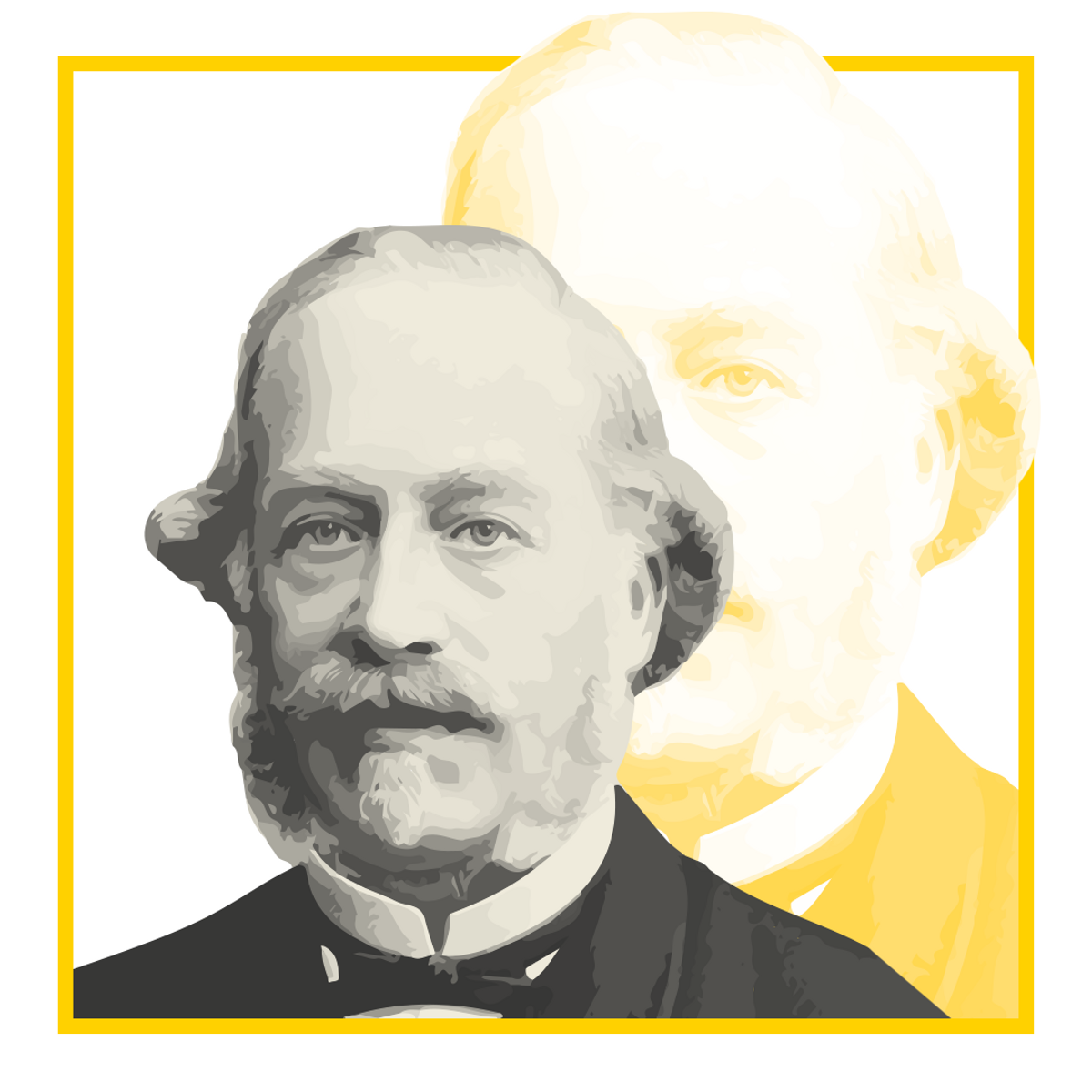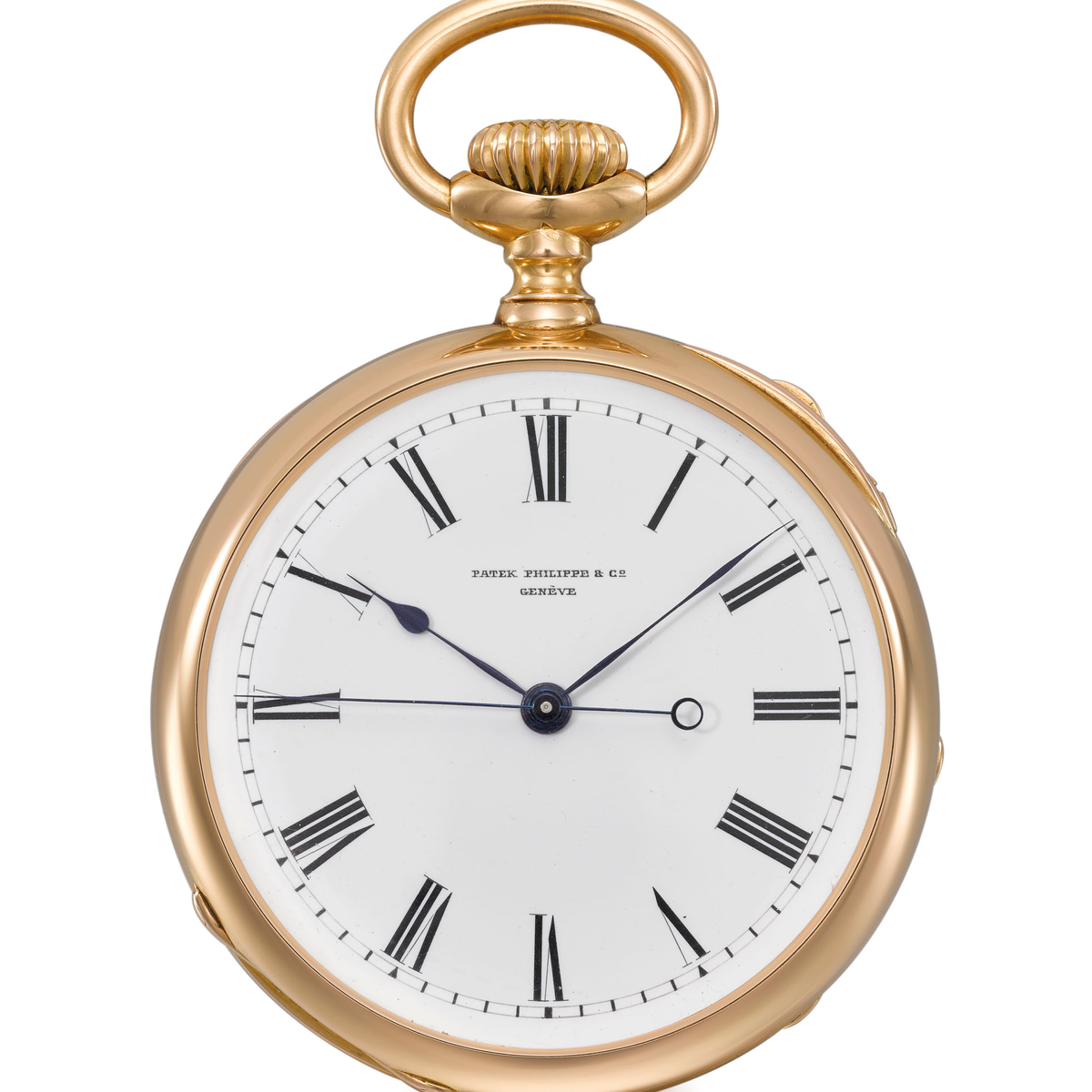Born in rural France, in La Bazoche-Gouët, in 1815, Jean-Adrien Philippe was introduced to the art of time measurement by his father, a country watchmaker with a solid grounding in his craft. Armed with a sound knowledge of mechanisms – his father had built a number of clocks with original and complex movements – at the age of eighteen Jean-Adrien Philippe set out on a European journey with the intention of further honing his skills. He travelled through France, Switzerland and England, ultimately settling in Paris – coincidentally, he arrived at the same time as a government-sponsored factory manufacturing pocket watches was opening in nearby Versailles. The young Philippe saw himself following in the footsteps of the likes of Breguet, Berthoud and Le Roy, and dreamed he might one day conquer Paris under his own name, in the grand tradition. The business he founded with a young Swiss watchmaker he had met in London proved successful, producing up to 150 watches per year. It was around this time that Jean-Adrien Philippe began to investigate a means of winding and setting the hands without a key. This visionary idea culminated in 1842 in a stem-winding system that was, Philippe would later write, “a more simple, solid and convenient system than has ever existed before.” This novel mechanism went on to win a Bronze Medal at the 1844 Industrial Exposition in Paris, where it caught the eye of a certain Antoine Norbert de Patek.

